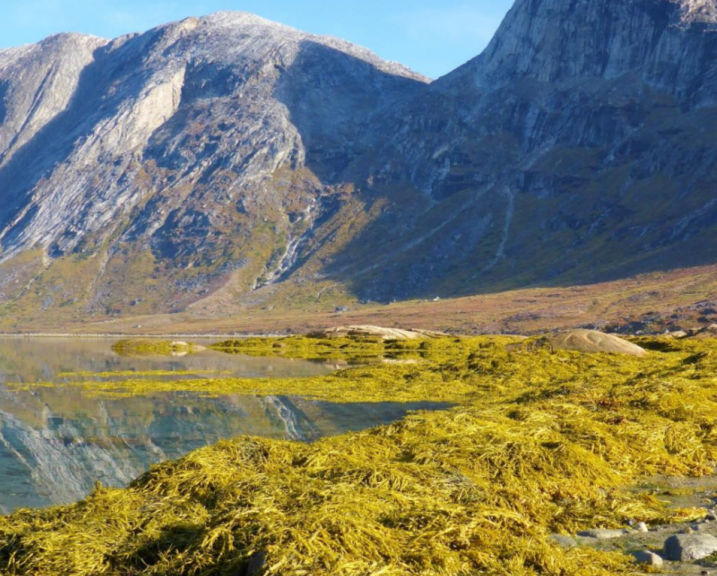Two new reports on seaweed harvesting Published 03.03.2021

The interest in seaweed as food, feed, raw material for the extraction of additives for food and cosmetics, or for bioenergy is increasing. The global seaweed industry is growing by 5 – 6% per. and while seaweed harvest is less than 5% of total production, it amounts to about one million tons per year. years worldwide.
The wild seaweed resource in Greenland has largely not yet been utilized. The allocation of harvest licenses is few and the administrative procedure is not easy for new local entrepreneurs.
However, harvest of wild stock may result in ecological side effects and consequences, and since it is possible to produce biomass of a selected species and of high quality, researchers from Aarhus University, the Greenland Institute of Natural Resources, and Tarí – Faroe Seaweeds have assessed that it is worth investigating the possibility of seaweed cultivation in Greenland.
The report “Forsøgsdyrkning af tang i Grønland – Gennemprøvning af metode” (Experimental cultivation of seaweed in Greenland – Testing of method) is based on a well-known cultivation protocol for sporulation, inoculation and development of seedlings on lines for large leaf seaweed species, which are adapted to Danish and Faroese conditions. The report is in Danish.
The other report, “Sustainable Harvest of Seaweed in Greenland (SUSHi) Optimizing harvest · Minimizing impacts” identifies a need for guidelines and an administrative practice that
promote a future ecologically and economically sustainable use of the common seaweed resource in Greenland.
Read the reports here:
Forsøgsdyrkning af tang i Grønland – Gennemprøvning af metode
Sustainable Harvest of Seaweed in Greenland (SUSHi) Optimising harvest · Minimising impacts

